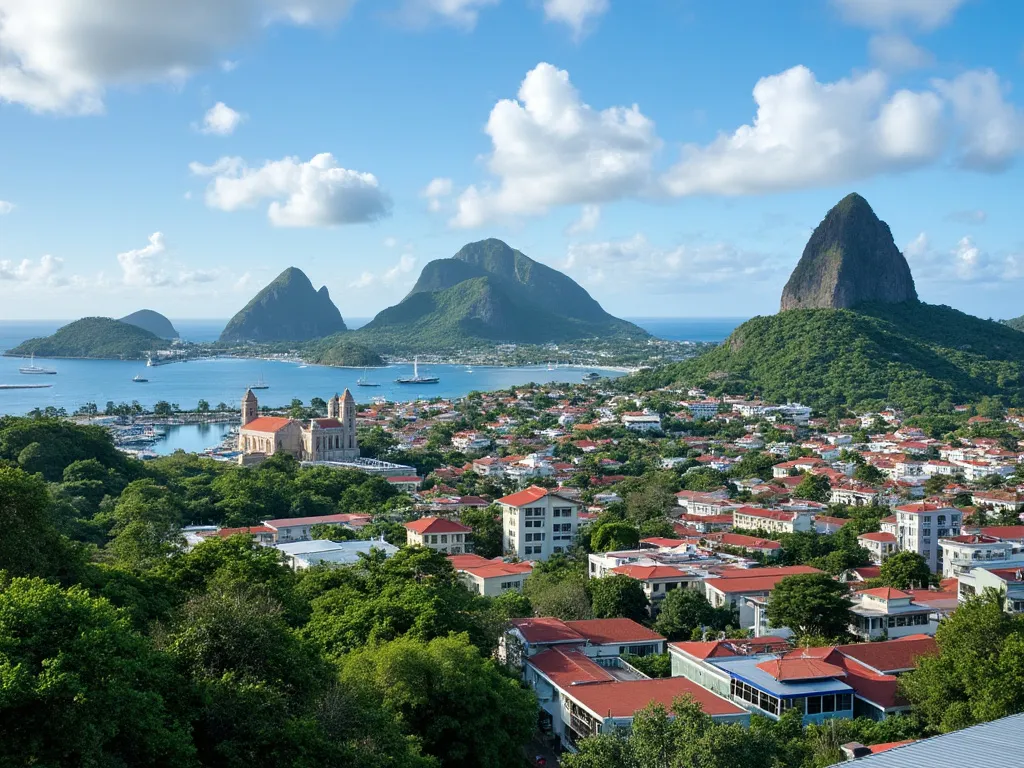
Canberra es la capital de Australia, ubicada en el Territorio de la Capital Australiana (ACT). Es una ciudad planificada, diseñada por el arquitecto estadounidense Walter Burley Griffin en 1912, y fue inaugurada oficialmente el 12 de marzo de 1927. Canberra es una ciudad de gran importancia cultural, histórica y natural, conocida por su combinación única de arquitectura moderna, museos, galerías e instituciones nacionales.
Información sobre Canberra
| País | 🇦🇺 Australia |
| Población de la ciudad | 415,800 (estimación 2020) |
| Coordenadas de la ciudad | 35.2833° S, 149.1281° E |
| Área de la ciudad | 814.2 km² (314.4 sq mi) |
| Clima | Oceánico (Köppen: Cfb) |
| Idioma | Inglés |
| Moneda | Dólar australiano (AUD) |
| Zona horaria | Hora Estándar del Este de Australia (AEST) (UTC+10) |
| Proximidad a otras ciudades importantes | Ubicada aproximadamente a 280 km (174 mi) al suroeste de Sídney y 670 km (416 mi) al noreste de Melbourne |
Datos interesantes y atracciones turísticas en Canberra
Datos interesantes sobre Canberra
- Canberra alberga la mezquita más grande del hemisferio sur.
- La ciudad tiene más bicicletas que coches.
- Canberra alberga el Zoológico y Acuario Nacional, que alberga a más de 500 animales.
Atracciones turísticas en Canberra
- Australian War Memorial
- National Museum of Australia
- Australian Parliament House
- Black Mountain Tower (Telstra Tower)
- Canberra Zoo and Aquarium
Antecedentes históricos de Canberra
El área ahora conocida como Canberra ha sido habitada por pueblos indígenas durante al menos 21,000 años. La ciudad moderna fue fundada en 1908, después de una larga búsqueda de un sitio para la capital nacional. La ciudad fue nombrada después de la palabra aborigen "Kamberra", que significa "lugar de encuentro". Durante la Segunda Guerra Mundial, Canberra desempeñó un papel significativo como centro de planificación y estrategia militar.
Ubicación geográfica de Canberra
Canberra está situada en la parte sureste de Australia, aproximadamente a 280 km (174 mi) al suroeste de Sídney y 670 km (416 mi) al noreste de Melbourne. La ciudad está enclavada en el Valle de Canberra, rodeada por el río Molonglo y las Montañas Brindabella. El clima es oceánico, con inviernos suaves y veranos cálidos.
Significado cultural de Canberra
Canberra alberga muchas instituciones nacionales, incluido el Parlamento de Australia, el Tribunal Superior de Australia y el Museo Nacional de Australia. La ciudad también es conocida por su vibrante escena cultural, con numerosos teatros, galerías y festivales a lo largo del año. La Orquesta Sinfónica de Canberra y la Compañía de Teatro de Canberra son solo dos ejemplos de la próspera escena artística de la ciudad.
Importancia económica de Canberra
Canberra es un importante centro económico, con un fuerte enfoque en la administración pública, la educación y la salud. La ciudad alberga muchos departamentos y agencias gubernamentales, así como varias universidades importantes, incluida la Universidad Nacional de Australia (ANU) y la Universidad de Canberra. El turismo también es un sector importante, con visitantes atraídos por las atracciones culturales y la belleza natural de la ciudad.
Conclusión sobre Canberra
Canberra es una ciudad de gran importancia cultural, histórica y natural, que ofrece algo para todos. Desde su vibrante escena artística hasta su impresionante belleza natural, Canberra es un destino que debes visitar para cualquiera que esté interesado en explorar lo mejor de Australia.
 Caracas
Caracas
 Castries
Castries
 Buenos Aires
Buenos Aires
 El Cairo
El Cairo